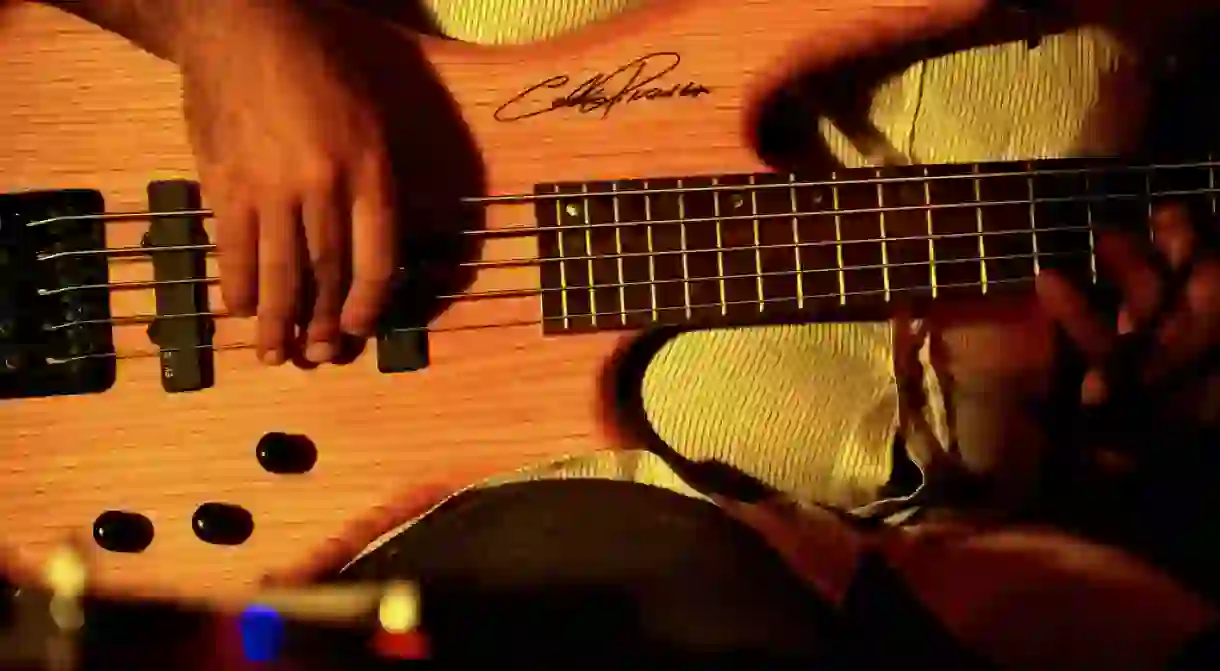A Music Lover's Guide to Brazilian Pop

One of the most fascinating aspects of Brazilian music is its rich diversity. With deep roots in African culture, it has evolved under conditions that are particular to each region in Brazil and have shaped the musical styles in various ways to create genres such as samba, Sertanejo and bossa nova. We dig deeper into some of the most predominant and important musical styles of Brazil.
Samba
The music and dance that everyone thinks of when they think of Brazil is samba. Samba has its roots in Africa and nowadays is an icon and symbol of Brazilian culture and carnival. Rio de Janeiro, Recife, the northeast of Brazil, Salvador and São Paulo are among the areas where samba is most predominant. One of the most influential samba artists who is considered a key force in the development of samba is Cartola, who produced more than 500 songs with classics such as Preciso me Encontrar (I Need to Find Myself) and O Sol Nascerá (The Sun Will Rise). Other famous samba artists include Paulinho da Viola, Martinho da Vila, Jorge Aragão and Zeca Pagodinho.
Bossa Nova
Bossa nova was a new movement of music that was popularized in the 1950s and 1960s and was associated to MPB (Brazilian pop music) with samba at the core and an influence of American jazz. The instruments most commonly used were classical guitar, piano and acoustic bass and drums. This slowed down the rhythm and gave many songs a floaty and romantic feel, which complemented perfectly the many songs with lyrics of love, passion and beauty. The most famous artists of this movement were João Gilberto with songs such as Chega de Saudade (No More Blues) and Aguas da Marco (Water of March), Vincius de Moraes with Garota de Ipanema (Girl of Ipanema) and Tom Jobim with Samba de Uma Nota Só (One Note Samba).
Sertanejo
Sertanejo grew from the Brazilian countryside around the 1920s and is currently the most played genre on Brazilian radio. It has the most importance in the south of Brazil and in states such as São Paulo, Minas Gerais and Mata Grosso, yet is popular throughout the whole country. A specific characteristic about this music style is the way it is performed and produced; nearly all artists are duos and it is not uncommon to have brother-sister pairs. Some of the most successful musicians include Paula Fernandes with Eu Sem Você (Me Without You) and Depende da Gente (It Depends on Us), Maria Cecilia, Luan Santana, Zeze Di Camargo e Luciano, and more recently Michel Telo with Ai, Se Eu Te Pego (Oh, If I Catch You).
Funk Carioca
This genre of music is highly localized in Rio de Janeiro, especially in the favelas (slums). It is a blend of Miami Bass and African rhythms, which have come together to create an instrumental style that is often paired with singing or rapping. Many of the lyrics are about social inequality, violence and favela life, although some styles such as Proibidão (Very Prohibited) push the boundaries further with subjects such as drug use, taboo sex and gang membership, although this is rarely heard outside of specific baile funk parties in the favelas. Most Funk Carioca is more mainstream and associated with Rio’s distinctive culture. One of the most representative songs is Rap da Felicidade (Rap of Happiness) by MC Cidinho and MC Doca.
https://www.youtube.com/watch?v=z34HcBcqTas
Tropicália
Tropicália was the next new musical movement after bossa nova and came about at the end of the 1960s. It works on the themes of blending the popular with innovative ideas and rhythms, mixing traditional Brazilian styles with influences coming from abroad. It evolved to be a fusion of African culture, Brazilian rhythms and rock and roll. The key album of this movement was Tropicália: Ou Panis et Circences (Bread and Circus), which was released in 1968. Behind this album were the two major forces of the movement, Caetano Veloso and Gilberto Gil. Other important artists in the Tropicália era were Carmen Miranda and also Tom Zé with Senhor Cidadão (Sir Citizen), Xique-Xique (the name of a municipality in Bahia), and Tô (I am).
Forró
Originating from the northeast of Brazil, forró quickly gained popularity throughout Brazil. The most famous artist is Luiz Gonzaga, who is credited with single-handedly taking forró out of the northeast and spreading it through Brazil. The most common instruments used in forró songs are the accordion, the triangle and the zabumba, and the lyrics were traditionally about drought, migration and homesickness, although nowadays they tend to be about love, women and romance. Famous forró music includes Aviões do Forró with Banca de Flores (Bench of Flowers) and Wesley Safadão with Camarot‘ and Voce Não Me Esqueceu (You Didn’t Forget me).
MPB – Musica Popular Brasilera (Brazilian pop music)
This musical style emerged after the era of bossa nova, and is used to describe non-electric music that combines instrumental with singing. Some of the most famous singers in this genre are Jorge Ben with Mas que Nada (Whatever) and the Novos Baianos. Perhaps one of the most famous, and the major force behind MPB, was Chico Buarque with his song Construção (Construction), which is widely considered as one of the best songs in this genre. Tropicália is a variation of MPB, although much shorter-lived.













